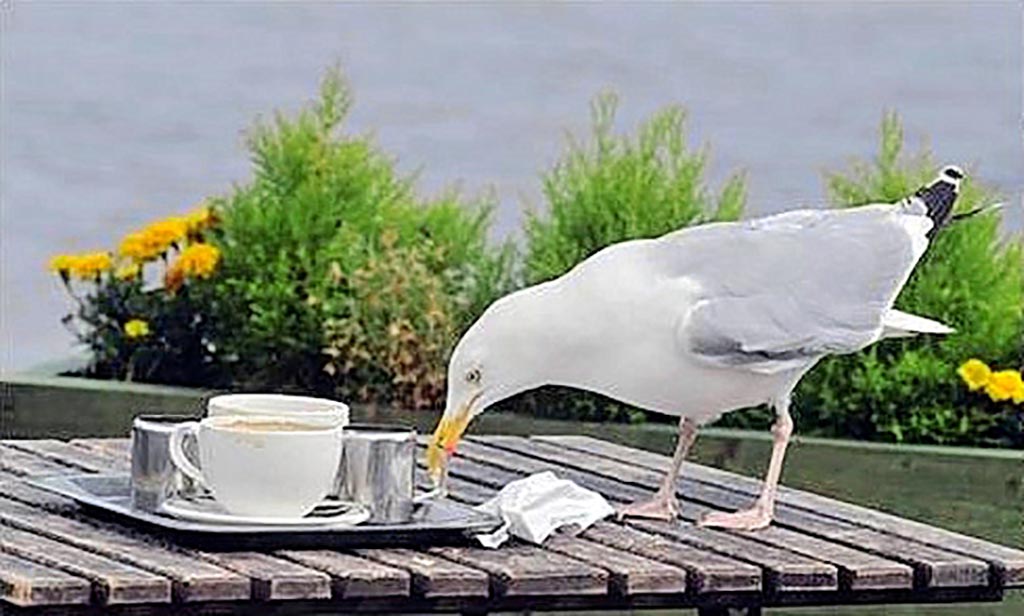TO SOME, they are the sound of our coastal villages. To others, they can be something of a nuisance, particular if you’re eating outdoors on a fine summer’s day.
Fingal County Council has now commissioned a survey to establish the number of breeding gulls nesting on residential houses and industrial buildings in Howth, Skerries and Balbriggan and is inviting observations from residents regarding the location of the birds.
According to the council, conditions have led to an increase in the number of gulls in urban environments, particularly Herring Gulls (Larus argentatus) and Lesser Black-backed Gulls (Larus fuscus). They point out that rooftops provide excellent nesting sites that are protected from the elements and free from predators such as foxes and rats.
In addition, the availability of food in urban areas leads to a high survival rate among the young chicks who generally return to breed in the same colony year after year.
Fingal County Council Executive Parks Superintendent, Hans Visser, explained: “We commissioned this survey to get a better idea of the number of gulls throughout the three seaside areas. This will allow us to track any fluctuation in the gull population as well as their breeding and nesting habits.”
According to the council, for most of the year these gulls are fairly well dispersed and look for food out at sea or away from the towns. However, during the breeding season, which starts in April or May, the gulls start to congregate near their breeding sites and build the rooftop nests.
In June, when the eggs hatch, the adults become very active as the young call constantly for food and become more visible as they look for opportunities to scavenge within the towns. The chicks fledge in July and August and by the end of the summer the gulls will again disperse and things quieten down until the next breeding season.
An environmental team from Roughan and O’Donovan Ltd (ROD) has been appointed by Fingal County Council to conduct the breeding gull survey over the next three months. Michael Bailey from ROD is the ecologist working on the project and any observations can be submitted to him by emailing michael.bailey@rod.ie.
He will also be visiting each of the towns over the next three months in order to build up a detailed picture of the breeding gulls in the area and would be happy to speak to residents and visit any sites where gulls are known to nest.
